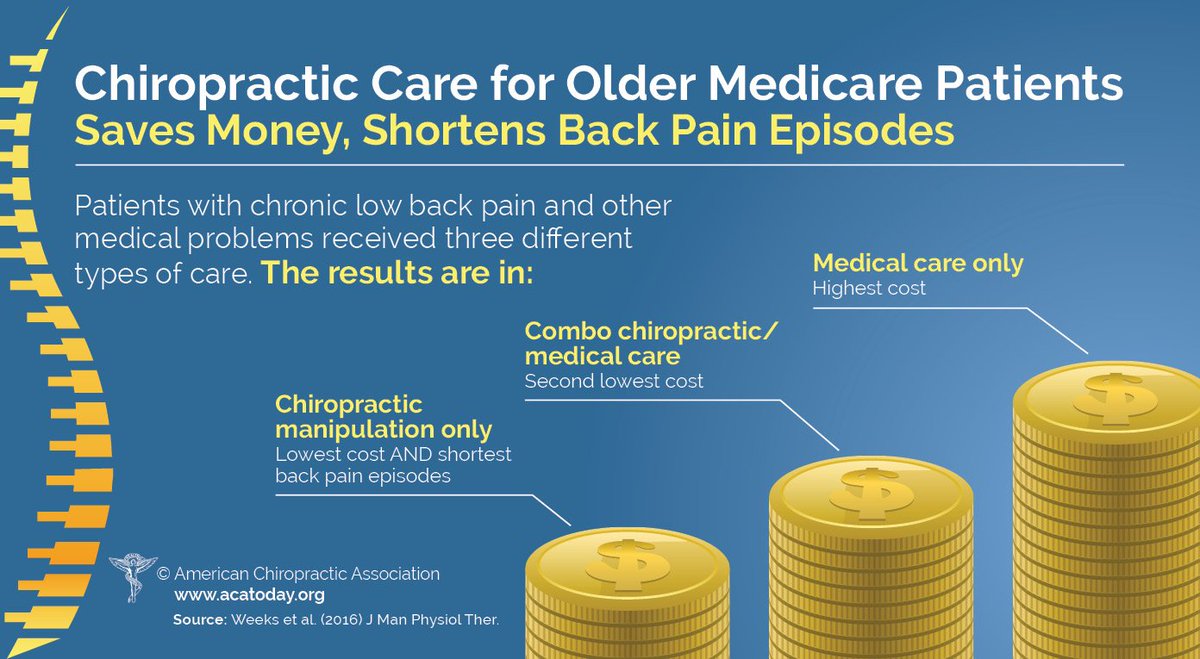Translating The Scientific Research Of Cold Laser Therapy: Discovering Its Devices And Repercussions
Translating The Scientific Research Of Cold Laser Therapy: Discovering Its Devices And Repercussions
Blog Article
Content Written By-Walls Daley
You may have heard of cold laser therapy as an appealing therapy option for different conditions, yet have you ever asked yourself how it in fact works on a mobile degree? Comprehending the mechanisms behind this therapy can clarify its efficiency in promoting healing and minimizing inflammation. By discovering the scientific research behind cold laser treatment, you'll obtain insights right into the fascinating ways in which light can influence mobile procedures and help with cells fixing.
How Cold Laser Therapy Functions
To comprehend exactly how cold laser treatment functions, you need to realize the fundamental principles of how light power engages with biological cells. Cold laser therapy, likewise known as low-level laser treatment (LLLT), uses details wavelengths of light to penetrate the skin and target hidden tissues. Unlike the extreme lasers made use of in procedures, cold lasers emit low levels of light that don't create warmth or trigger damage to the cells.
When these gentle light waves reach the cells, they're taken in by elements called chromophores, such as cytochrome c oxidase in mitochondria. This absorption sets off a collection of biological reactions, including enhanced cellular energy production and the release of nitric oxide, which boosts blood circulation and reduces swelling.
Moreover, the light power can likewise boost the production of adenosine triphosphate (ATP), the energy money of cells, aiding in mobile fixing and regrowth processes.
Fundamentally, cold laser therapy uses the power of light energy to promote healing and reduce pain in a non-invasive and gentle fashion.
Systems of Action
Exactly how does cold laser treatment actually function to create its restorative results on biological tissues?
Cold laser treatment, likewise called low-level laser treatment (LLLT), operates with a process referred to as photobiomodulation. When the cold laser is applied to the skin, the light power permeates the tissues and is soaked up by chromophores within the cells.
These chromophores, such as cytochrome c oxidase in the mitochondria, are after that promoted by the light energy, resulting in a cascade of biological responses. One crucial mechanism of action is the enhancement of cellular metabolic process.
https://skinrejuvenation54208.life3dblog.com/32810489/be-prepared-to-be-amazed-by-the-countless-advantages-of-cold-laser-treatment-over-standard-methods-in-terms-of-discomfort-administration-and-tissue-remediation soaked up light power boosts ATP production in the mitochondria, which is crucial for mobile feature and repair service. Furthermore, rosacea briarcliff manor helps to reduce inflammation by preventing inflammatory conciliators and advertising the release of anti-inflammatory cytokines.
This anti-inflammatory effect adds to discomfort alleviation and cells healing.
Therapeutic Effects
Comprehending the therapeutic effects of cold laser therapy includes identifying exactly how the enhanced mobile metabolic rate and anti-inflammatory homes contribute to its favorable results on biological tissues.
When the cold laser is applied to the damaged area, it stimulates the mitochondria within the cells, leading to increased production of adenosine triphosphate (ATP), which is critical for cellular function and repair. This boost in cellular energy increases the healing procedure by promoting tissue regrowth and minimizing inflammation.
Furthermore, the anti-inflammatory residential or commercial properties of cold laser treatment assistance to decrease discomfort and swelling in the targeted location. By preventing https://www.medicalnewstoday.com/articles/led-light-therapy and promoting the launch of anti-inflammatory cytokines, cold laser therapy aids in relieving pain and boosting the overall recovery action.
This reduction in inflammation not only gives instant relief yet likewise sustains lasting tissue repair.
Conclusion
Finally, cold laser treatment functions by stimulating cellular repair and tissue regeneration with photobiomodulation. Its anti-inflammatory residential or commercial properties offer pain relief and decrease swelling by preventing inflammatory moderators.
This therapy provides a detailed method to recovery, providing both immediate alleviation and long-term cells repair work advantages.
Through its systems of activity, cold laser therapy confirms to be a reliable and appealing treatment choice for a variety of problems.
